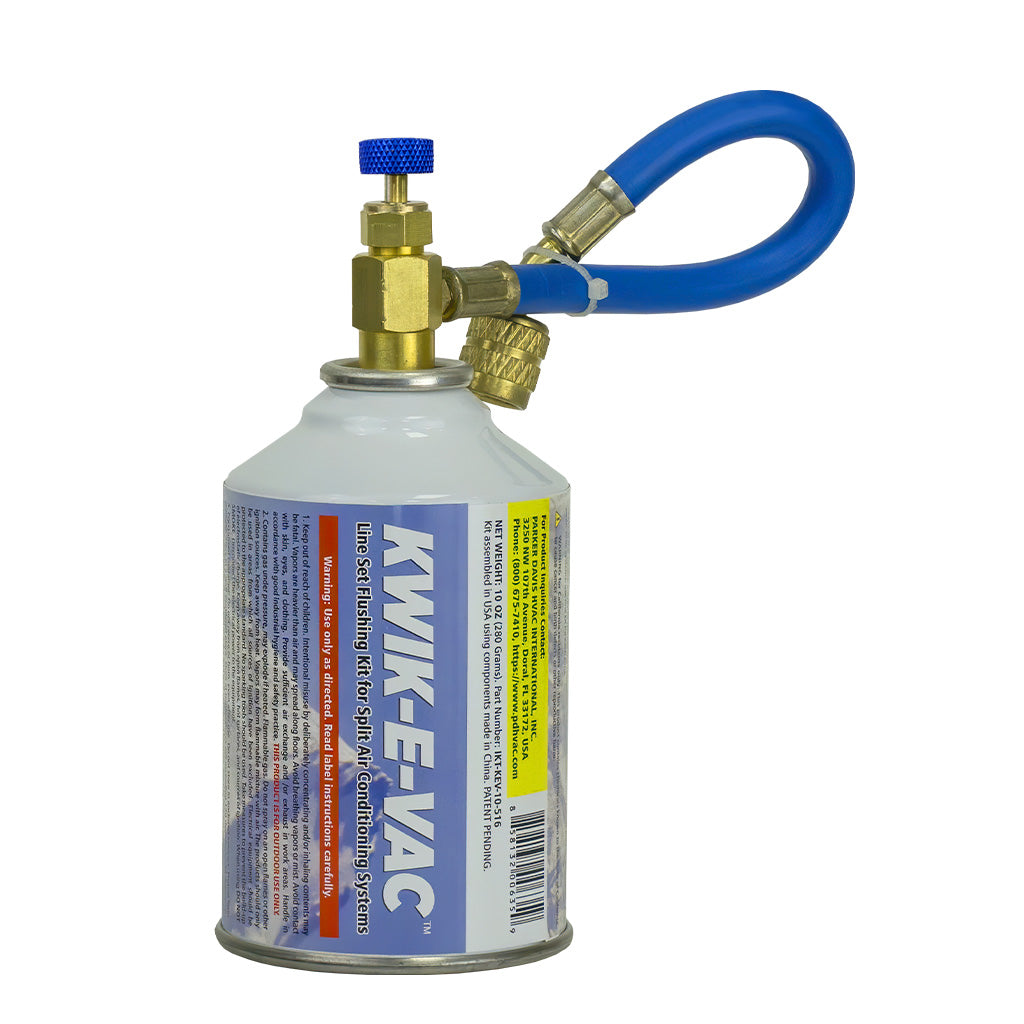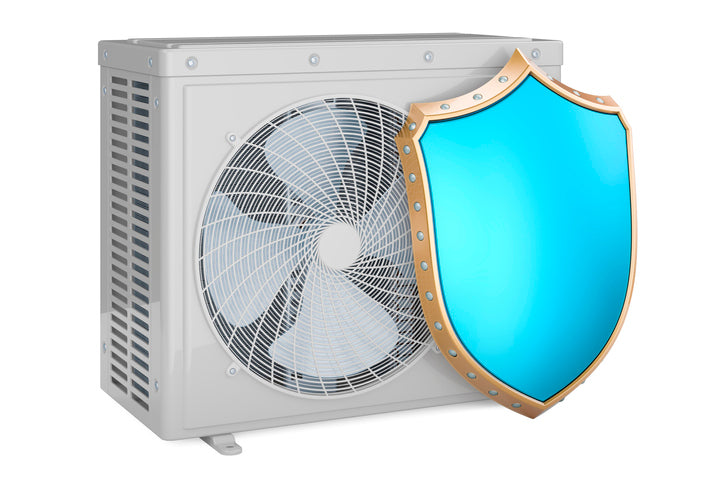Can You Install Your Own Mini Split System?

Hiring a professional for home improvements offers numerous benefits. However, costs add up, and working with a professional requires you to work around someone else’s schedule. DIY projects come with countless advantages of their own but risk the guaranteed success and quality that experts provide.
Whether you are an affluent DIYer or trying to save money when installing a mini split, you may wonder whether it’s worth tackling this project on your own. Here are a few things to consider before ditching the pros and DIYing.
DIY Compatibility
Unlike other HVAC systems, mini splits provide you with the simplest installation process, making them DIY-compatible. It involves:
- Indoor and outdoor unit placement
- Drilling a small hole to connect the AC and condenser
- Feeding the refrigerants through the hole
- Plugging the system into a power supply
Mini splits only consist of three major installation components: the indoor AC unit, an outdoor evaporator, and refrigerants.
Factors That Affect the Installation Process
Aside from securing the indoor and outdoor units in place, all that a mini split installation involves is drilling a hole for the refrigerants and hooking up a power supply. However, mini splits come in different forms, changing the installation process with varying factors.
Installing a ceiling cassette possesses more steps than mounting a wall unit. It requires you to cut out a section of your ceiling, use a ladder, and deal with high heights. Aside from mount variations, other factors that influence the ease of installation include:
- Concealment
- Additional accessories
- Unit weights
- Multi-split zoning
- Compact ductwork
The difficulty of your installation process depends on the type of mini split system you select. Some systems require more parts and steps, while others provide you with a generic and more basic installment procedure.
When To Hire a Professional
Although DIYing your mini split installation is plausible, sometimes it’s better to just hand over the task to an expert. Concealed duct mini splits offer numerous benefits when generating ideal indoor atmospheres, but their concealed placement and minor ductwork require a higher skill set and involve more installation steps.
A professional is better suited to install units involving more than the three basic components and those requiring minor structural changes. They guarantee a higher chance of success and optimize your unit’s performance. Luckily, any handy DIYer can tackle units with basic installation procedures, like a wall-mount mini split or floor unit.
One of the most attractive qualities of a mini split is its easy installation process compared to other HVACs. They provide you with a compact system that involves minimal parts and steps. Anyone can install their own mini split. However, some variations require more work and would benefit from professional interference.








